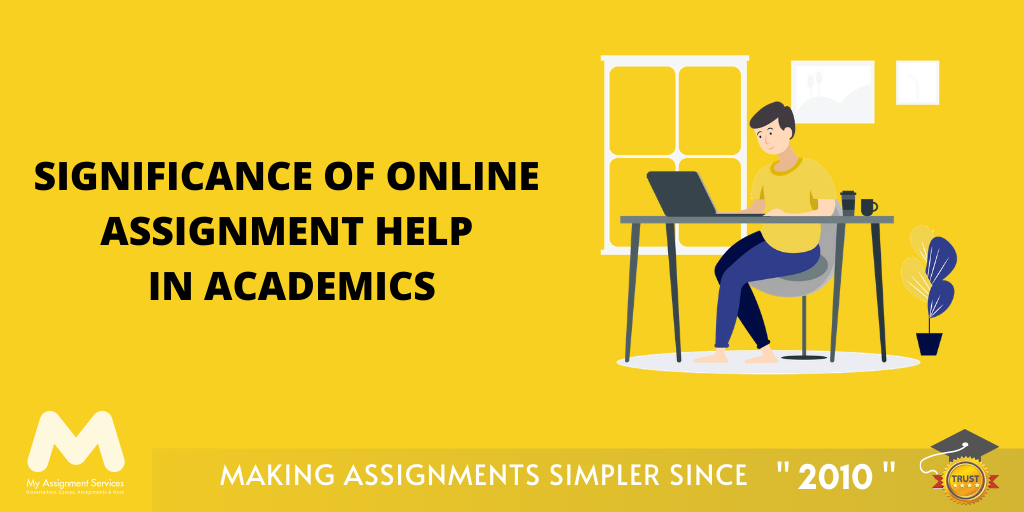Are you an avid reader who finds epigraphs intriguing, making you wonder - what is an epigraph? Or are you an author yourself who is looking for ways to use an epigraph in your writing? If you lie in any of these categories, then you are at the right place! Epigraphs are the most interesting part of any literature, essay or piece of writing. Think if reading one can make you feel so interesting if you write one yourself, what would it do? Epigraphs provide a context to your writing that draws in the reader and makes you credible as a writer.
You might wonder, from a literature review point of view, what it is. Or you might wonder what is an epigraph in an essay. Epigraphs are used in almost every form of writing except for professional and academic publications. We will go into more detail and provide you with information on epigraphs and their use. The information you will learn today will allow you to understand epigraphs more comprehensively. You will be able to use the epigraphs in your writing. Using epigraphs also requires you to have certain legal authorities. What are they, and what is this term; let’s know about it all!

What is an Epigraph?
Epigraphs are an important part of any writing piece, especially novels. So, what is an epigraph? It is a short quotation, phrase or expression taken from another source of writing featured in the beginning of a book. Epigraphs provide context to the readers about what is happening in the book later. It provides the reader with a sneak peek at the main themes and subjects being discussed in the book. These are chosen by an author who might be inspired by the particular writing piece or wanted to highlight the text to share motifs of the story/discussion.
Asking what is an epigraph in literature will be an important part of your curriculum. Many students create their own stories, and some write literature reviews. In both instances, students have to take into account the use of epigraph at the beginning of the writing process. However, some students confuse epigraphs with epigrams. The difference between an epigraph and an epigram is related to the interrelationship between the both. Epigrams are the original writing statement and/or piece of writing by an author. Epigraphs involve the use of these epigrams to feature in other pieces of writing. Here are the examples to help you get more clarity:
"To Kill a Mockingbird" by Harper Lee:
"Lawyers, I suppose, were children once."
— Charles Lamb
This quote provides a reflective commentary on the nature of lawyers and the loss of innocence, which resonates with the themes of the novel.
"Moby-Dick" by Herman Melville:
"And I only escaped alone to tell thee."
— Job 1:15
This biblical quote from the Book of Job highlights the themes of suffering and survival, foreshadowing the novel's exploration of fate and the human condition.
BenefitsoOf Using Epigraphs in Any Writing
This was a brief answer to the question - what is an epigraph? Now, we will learn about the benefits of using one. Many writers use epigraphs at the beginning of their writing to provide readers with a kickstart in their writing. But there is more to the story than just providing information about the writing of the story. Epigraphs serve as an important literary device to improve the aesthetic, thematic and intellectual dimensions of a writing piece. Take a look at the main benefits of using epigraphs. You will be better able to understand how to use epigraphs once you understand.
Providing Context To The Themes
When you wonder what is an epigraph in an essay or literature, then remember that it is an interesting device to provide context to the readers. Epigraphs offers a contextual and practical insight into the themes and subjects of the book by relating it with an already existing piece of literature.
Adding A Layer Of Depth And Meaning
Epigraphs add a layer of depth and meaning at the very beginning of the book by providing intertextuality of one with another. What (some) readers know about the already existing writing piece used as an epigraph, they could think it differently. They are able to relate to the original text’s meaning with the one they are reading.
Inviting Readers To Interpret First-Hand
Many experts in academic writing services suggest that epigraphs can drive engagement with the readers. It is due to the fact that when a reader reads the epigraph, they immediately begin to think about it and interpret its meaning. This serves as a great kickstart to the book and brings active engagement in the readers.
Raising Bars By Intriguing The Readers
When author chooses the right epigraphs for their writing, they pique the interest of the readers and entice them to read. Epigraphs offers an opportunity to raise questions in the minds of readers and bring their curiosity to the peak about the book. The example of you wondering what is an epigraph is enough to explain this!
Establishing Authority And Credibility
In academic writing and scholarly works, epigraphs can be used to elevate a particular argument of the topic. This brings clarity to the readers about the argumentation and increase their authority by citing another author’s statement. By using an epigraph, an author can increase credibility by referring to a well-known and respected author.
How to Use Epigraphs in Your Writing?
We have covered great details on the nature and purpose of using an epigraph. Now it is time to reveal the information about using one yourself. Now that we have satiated the answer to your question of what is an epigraph in literature, let’s know some basic details about using epigraphs.
- Choose an epigraph that matches your writing (themes, tones, motifs, etc.)
- Play around with the placement by using it at the beginning of a chapter
- Avoid copyright restrictions on using the epigraphs by gaining permission
- Always cite your sources by using the title of the book and/or author’s name
- Experiment with other epigraphs to evaluate how each influences your writing
Are You Going to Write One or Take One?
Writing epigraphs is always an interesting part of the writing process. Many readers find the existence of epigraphs as intriguing and useful. It allows the reader to dwell on the meaning behind it and how it relates to the current writing material. If you are looking for ways to effectively use an appropriate epigraph, consider taking the help of a literature review writer online. The academic experts on our team will help you pick the right one for your writing. And the best part? They will also help you write your assignment professionally. You can also engage with them to create your own epigraph (which we learn is an epigram). Register now!





